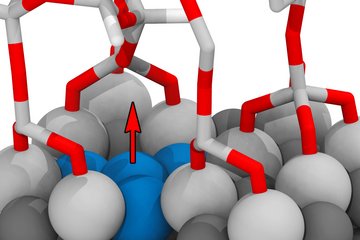All genres
21.
Talk
Basic Research Opportunity and Leverage Effects in Sustainable Metallurgy. Workshop: New Frontiers in Materials Science and Engineering – Sustainable Metallurgical Processes with improved CO2 efficiency, RWTH Aachen, online, Aachen, Germany (2020)
22.
Talk
Investigation of cementite dissolution in 100Cr6 bearing steel under high pressure torsion (HPT). Materials Science and Engineering congress, MSE 2020, online, Darmstadt, Germany (2020)
23.
Poster
Using small-scale mechanics to probe the origins of segregation-induced strengthening. Nanomechanical Testing in Materials Research and Development VIII, Split, Croatia (2022)
24.
Poster
Unravelling the atomic structure and segregation of Ʃ13 [0001] tilt grain boundaries in titanium by advanced STEM. Microscopy Conference 2021 & Multinational Conference on Microscopy 2021, Vienna, Austria (2021)
25.
Thesis - PhD
Grain boundary segregation of boron and carbon and their local chemical effects on the phase transformations in steels. Dissertation, Faculty of Georesources and Materials Engineering of the RWTH Aachen, Germany (2021)











